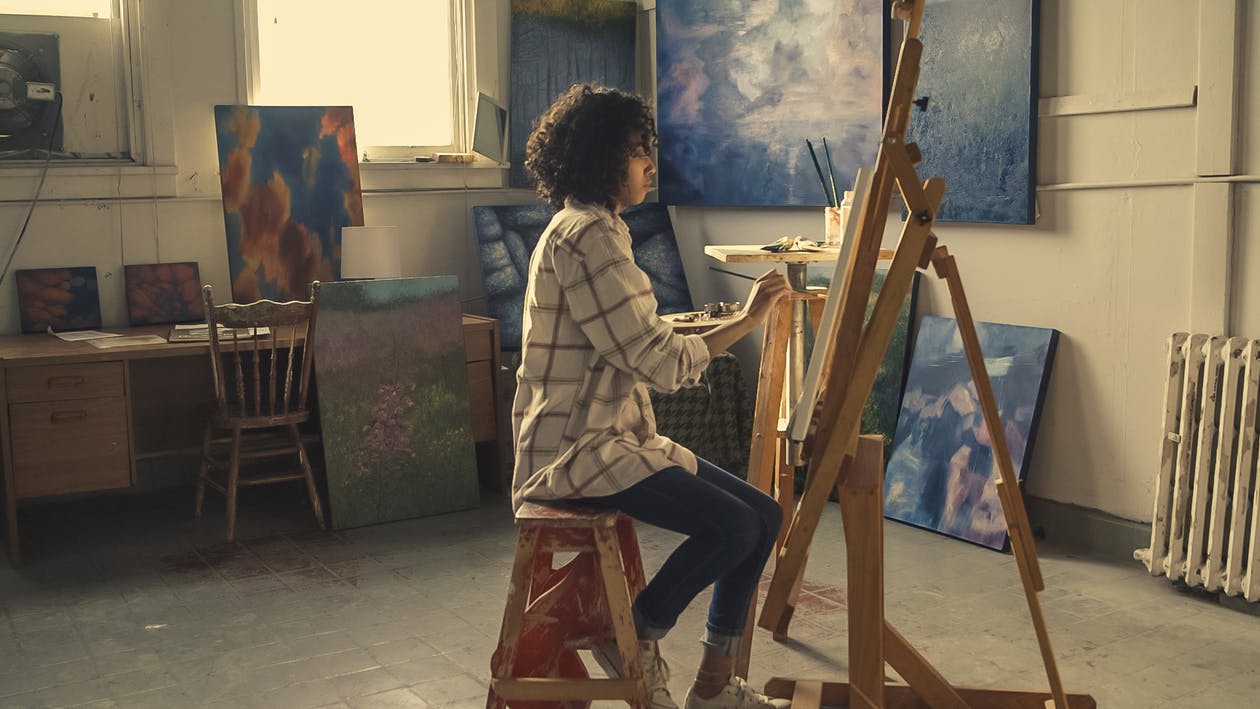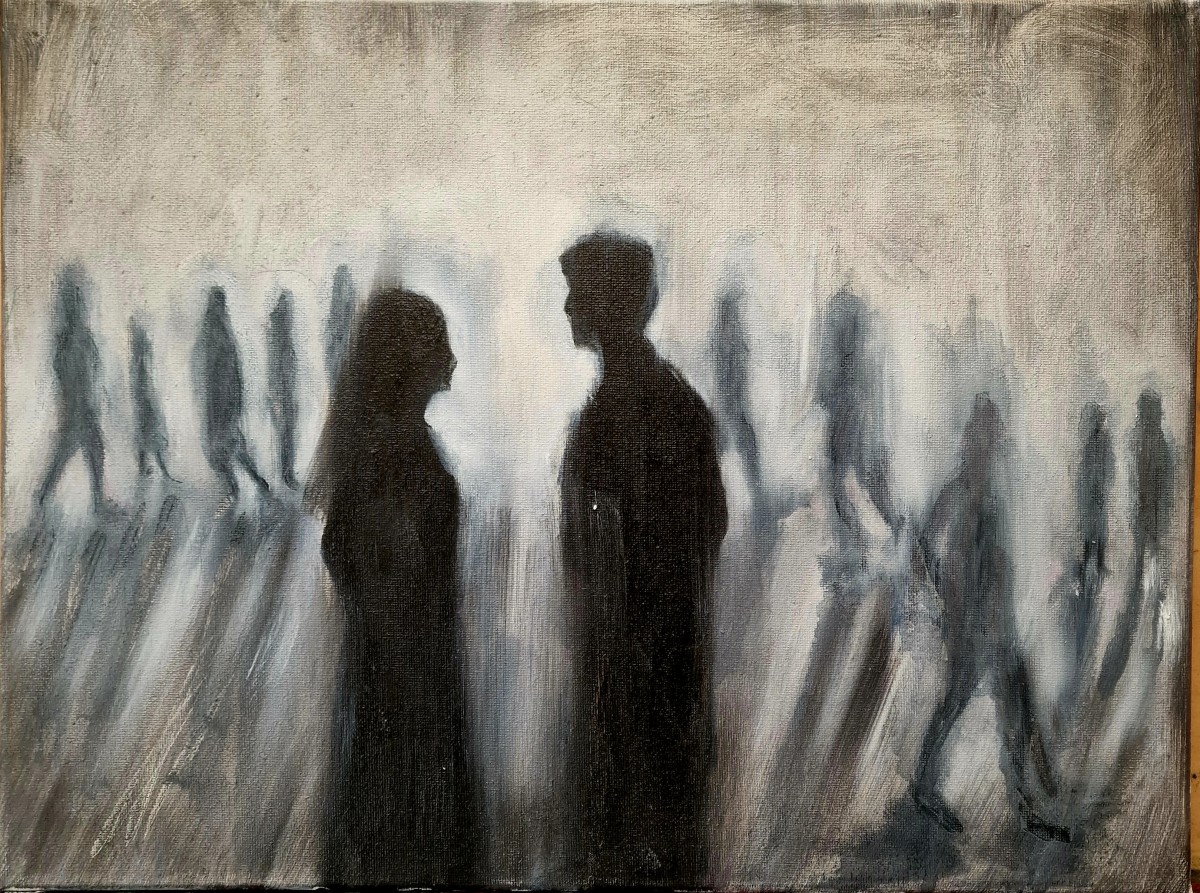
What makes a good painting? This is a very broad and subjective question that every person, painter and art lover will usually have a different answer to. Ever since drawings on cave walls turned to oils on canvas, artists have developed new techniques and argued over what makes a painting a work of art. The answer to this question is often determined by the experience and knowledge of the person answering it.
Classical painters may talk about realism and say that the quality of a painting is down to its level of detail and representation of the subject. Whereas contemporary or abstract artists might suggest that it’s the painting’s ability to conjure emotions and provoke thought that makes it a work of art.
These are just two opinions from an endless list of criteria. While there isn’t often a right or wrong answer when it comes to art, there are a few technical requirements and concepts that you can follow to get a better idea of whether a painting is ‘good’. Here are some of the important points to consider when looking at paintings, especially if you plan to buy one.
Composition
The composition of a painting plays a huge part in how the viewer takes it in. It can impact where the eyes fall and how they travel around the painting. More often than not, the main focal point of a painting will be off-centre. Over the years, artists have found that placing the horizon above or below the centre results in a composite layout that is more pleasing to the eye. All of the great artists throughout history have used the composition of their work to take the viewer’s eye on a journey around the different elements of the painting before settling on the main feature or focus. Keep this in mind the next time you’re looking at a painting.
Perspective
Perspective is a very important part of a painting, particularly in the world of realism. If the special perspective within a drawing or painting is out of line or untrue, it can be very jarring for the viewer and will often look distorted. That being said, this is another aspect of painting which is often toyed with by artists to create surreal or abstract paintings. If the aim is to create a realistic representation of a subject, the accuracy of perspective is a useful signifier of a good painting. However, as mentioned, this is often down to the eye of the viewer and can change people’s opinions of the piece in different ways.
Painting skill
There are a number of reasons why paintings from great artists stand out above the rest but it often has a lot to do with their skill. Those with an experienced eye for art can spot work from a skilled painter easily and even those without any in-depth experience in the art industry can still tell a difference. That’s not to say that you need to be incredibly skilled to create good paintings as art is subjective but painters with experience and developed skills often create pieces that have a better composition and are pleasing to the eye. Also, a painting that has been made with great care and skill illustrates a deeper understanding and is often the sign of a good painting.
Colour balance
The choice of colours and the ways in which they are blended together is one of the most pivotal parts of a painting. Things like the level of saturation and harmony of tones are what create the overall feel of a painting and often stir emotions and evoke thought within viewers. Particularly in realism work, colour plays a huge part in creating an accurate portrayal. For example, if reflective colours or shadowing isn’t rendered properly, it can create a distorted or unrealistic effect. In more abstract work, colour often has a more intrinsic effect and affects people in different ways. Nevertheless, it is often clear when an artist has put time and thought into choosing the right colour palette.
Emotion and thought
Although there are millions of different opinions floating around the different schools or art, there is one idea that most artists and painters will agree upon. That is, that good art should inspire the viewer to think or feel something. What those thoughts or feelings are will change from person to person but if a painting causes you to feel an emotion or question your ideas, the painter has done their job. Whether you’re looking to buy a new painting for your collection or you find yourself wandering through a gallery, it is the paintings that cause an emotional or cognitive response that will stand out to you.



